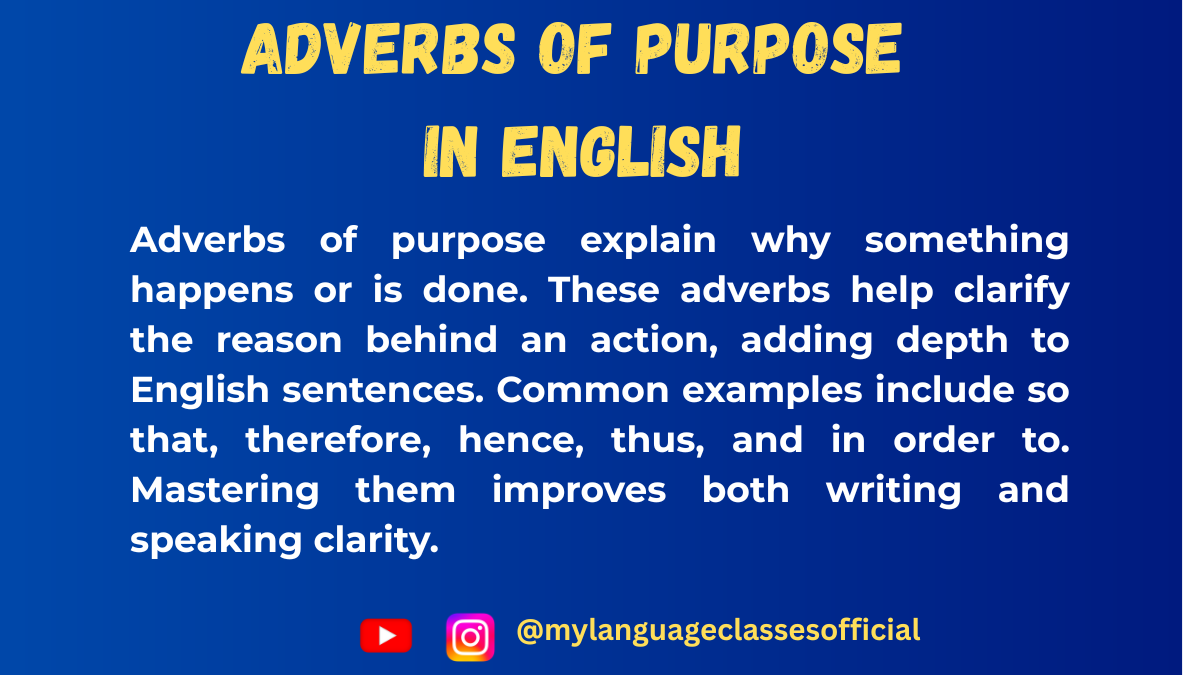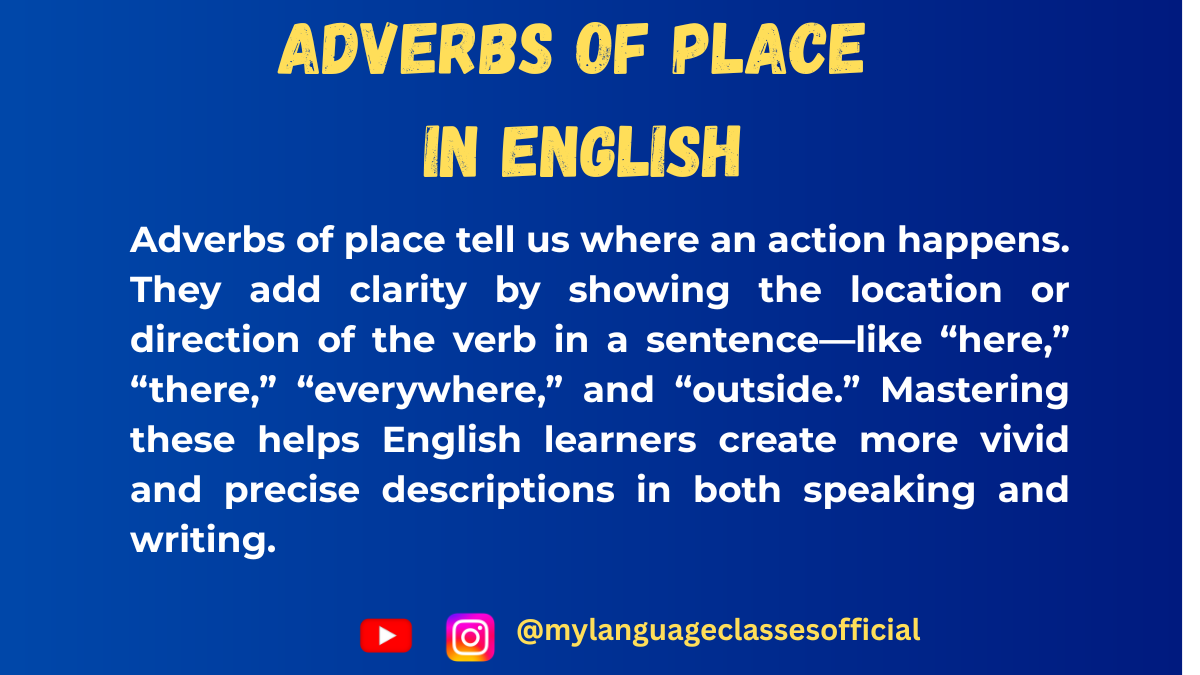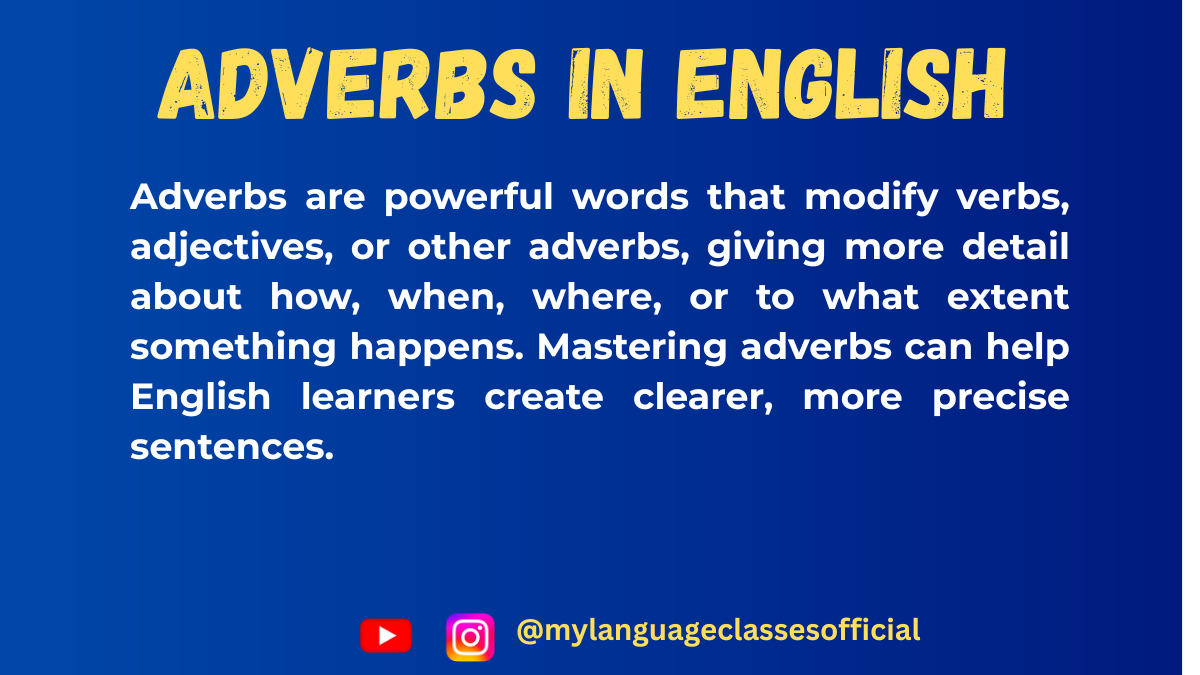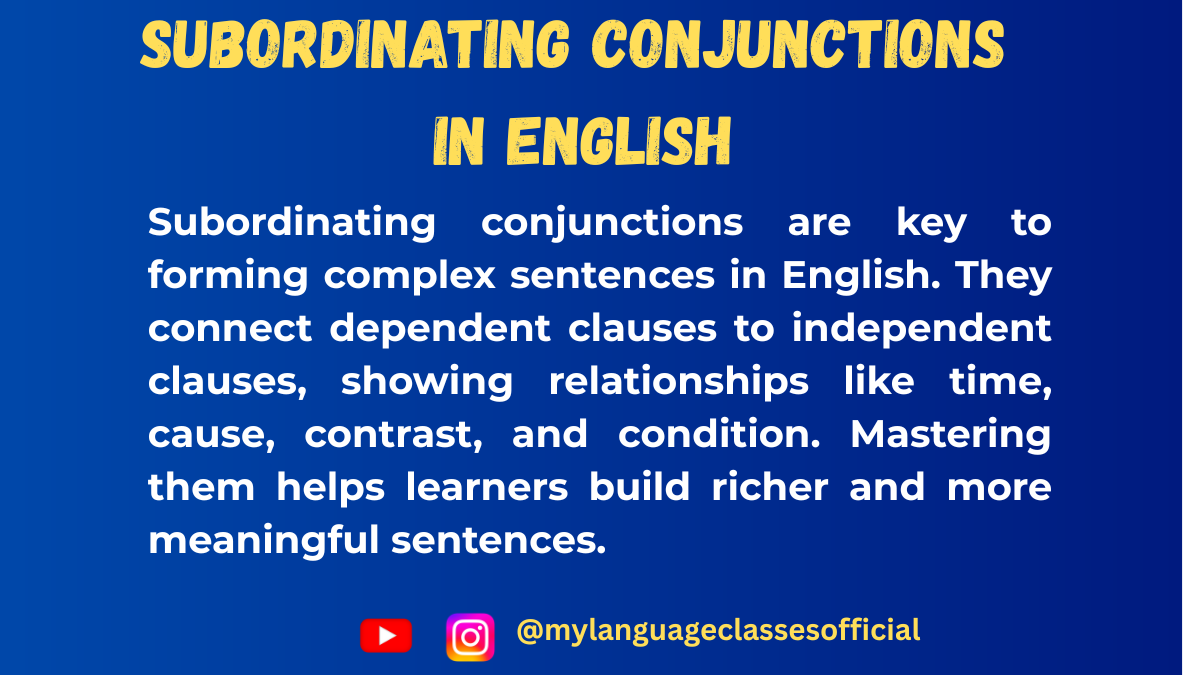Your cart is currently empty!
Tag: writing tips
-
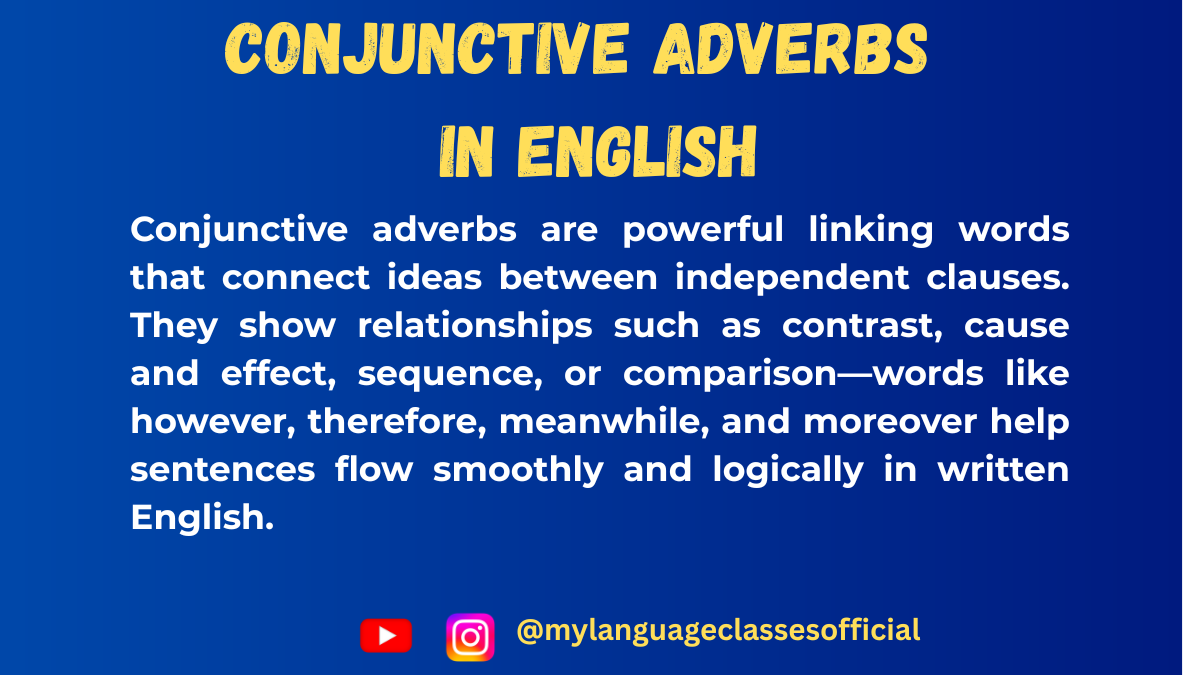
Conjunctive Adverbs in English: The Ultimate Expert Guide to Writing Mastery
If you want to elevate your writing from good to legendary, mastering conjunctive adverbs is a non-negotiable skill. These tiny powerhouses can transform choppy sentences into flowing, professional prose—but only if you use them correctly. In this exclusive, expert-approved guide, we’ll reveal little-known secrets, advanced strategies, and mind-blowing examples to help you conquer conjunctive adverbs like a pro.
Don’t miss out: This is the most comprehensive resource you’ll find online, covering everything from basic rules to next-level punctuation hacks. Let’s unlock the full potential of your writing!
What Are Conjunctive Adverbs? (The Secret Weapon of Elite Writers)
Conjunctive adverbs are bridges between ideas, connecting independent clauses or sentences to clarify relationships like contrast, cause-effect, or sequence. Unlike conjunctions (e.g., and, but), they offer flexibility in placement and add nuance and sophistication to your writing.
Example:
- I wanted to travel; however, my budget was tight.
Here’s why they matter: They prevent robotic, disjointed writing and make your arguments persuasive and polished.
Types of Conjunctive Adverbs: Your Must-Know Cheat Sheet
1. Addition
- Furthermore, moreover, additionally, also
- Example: “She aced the exam; furthermore, she scored the highest in the class.”
2. Contrast
- However, nevertheless, conversely, on the other hand
- Example: “He disliked coffee; however, he loved the smell.”
3. Cause and Effect
- Therefore, consequently, thus, as a result
- Example: “It rained all day; consequently, the event was canceled.”
4. Time
- Meanwhile, subsequently, finally, afterward
- Example: “She cooked dinner; meanwhile, her partner set the table.”
5. Comparison
- Similarly, likewise, in the same way
- Example: “He hated deadlines; similarly, his colleague struggled with time management.”
6. Emphasis
- Indeed, certainly, undoubtedly, in fact
- Example: “The results were shocking; indeed, no one saw them coming.”
How to Use Conjunctive Adverbs: A Step-by-Step Blueprint
Step 1: Link Two Independent Clauses
- I love yoga. It reduces stress. → I love yoga; moreover, it reduces stress.
Step 2: Punctuate Like a Pro
- Use a semicolon before and a comma after the adverb:
- The project was difficult; however, we finished on time.
Step 3: Flex Your Sentence Structure
- Place the adverb mid-sentence or at the end for variety:
- We planned to hike; the rain, however, ruined our plans.
Common Mistakes to Avoid (Don’t Make This Grammar Disaster!)
- Comma Splices
- Wrong: “She was tired, however, she kept working.”
- Right: “She was tired; however, she kept working.”
- Overloading with Adverbs
- Avoid: “I studied hard; therefore, I passed; however, I’m exhausted; consequently, I’ll rest.”
- Misplacing the Adverb
- Confusing: “He failed the test; he nevertheless didn’t study.”
- Clear: “He didn’t study; nevertheless, he passed the test.”
Advanced Punctuation Secrets Revealed
1. Mid-Sentence Placement
- Use commas to bracket the adverb:
- The proposal, however, was rejected.
2. Dashes and Parentheses
- Add drama or aside comments:
- The verdict—consequently—changed the legal landscape.
- His excuse (namely, a flat tire) was unconvincing.
Conjunctive Adverbs vs. Subordinating Conjunctions: The Shocking Difference
Conjunctive Adverb Subordinating Conjunction Requires a semicolon: “I was late; however, I still got the job.” Links clauses with a comma: “I got the job although I was late.”
Tone and Formality: When to Use (and Avoid) Certain Adverbs
- Formal Writing (Essays, Reports): Thus, nevertheless, consequently
- Informal Writing (Emails, Texts): So, anyway, besides
Position Flexibility: How Placement Changes Emphasis
- Front: “Certainly, we’ll support your idea.” (Emphasizes agreement)
- End: “We’ll support your idea, certainly.” (Softens the statement)
Exceptions and Edge Cases: Beware These Grammar Traps
- Double-Duty Words: While (conjunction) vs. Meanwhile (conjunctive adverb).
- Informal Exceptions: In casual writing, commas sometimes replace semicolons:
- “I wanted to go, however, I stayed.” (Acceptable in emails but not academic papers).
Full List of Conjunctive Adverbs: The Ultimate Cheat Sheet
Addition: Additionally, also, furthermore, moreover
Contrast: However, nevertheless, nonetheless, conversely
Cause-Effect: Therefore, thus, consequently, accordingly
Time: Meanwhile, subsequently, finally, afterward
Comparison: Similarly, likewise, equally
Emphasis: Indeed, certainly, undoubtedly, obviously(50+ categorized examples available in our exclusive downloadable PDF—subscribe to access!)
Real-World Applications: How the Pros Use Conjunctive Adverbs
In Literature
- Jane Austen’s Pride and Prejudice: “She was convinced of it; however, she knew not how to contradict him.”
In Journalism
- The New York Times: “The economy is growing; however, unemployment remains high.”
In Marketing
- Apple’s iconic slogan: “Think different; consequently, our products revolutionize tech.”
Common Misconceptions Debunked
- Myth: “Conjunctive adverbs can’t start sentences.”
- Truth: They can! “However, we decided to proceed.”
Example Sentences: 10 Jaw-Dropping Examples
- The experiment failed; nonetheless, we gathered valuable data.
- She’s a genius; indeed, she invented a life-saving device.
- He forgot his passport; as a result, he missed the flight.
- I adore classical music; similarly, my brother loves jazz.
- The team was exhausted; nevertheless, they celebrated the win.
- Prices are rising; therefore, we must budget carefully.
- She didn’t apologize; instead, she blamed the team.
- He trained daily; consequently, he broke the world record.
- The movie was long; meanwhile, the audience grew restless.
- We lacked resources; however, we improvised successfully.
Fill-in-the-Blanks: Test Your Skills
- The road was icy; _, we drove slowly.
(a) however (b) therefore (c) meanwhile - She hated horror movies; _, she watched one every Halloween.
(a) nevertheless (b) furthermore (c) similarly
Answers: 1. (b) therefore | 2. (a) nevertheless
(Full answer key included in the free downloadable worksheet!)
Advanced Exercises: Become an Unstoppable Grammar Guru
Rewrite This Paragraph Without Conjunctive Adverbs:
“I wanted to leave early; however, my boss assigned extra work. Consequently, I missed the train; meanwhile, my friend waited at the station.”Identify the Error:
“He loved hiking, nevertheless, he stayed home.”
Resources for Next-Level Mastery
- Books: The Elements of Style by Strunk & White
- Courses: Coursera’s “Grammar and Punctuation” (University of California)
- Tools: Grammarly’s Conjunctive Adverb Checker
Final Thoughts: Your Writing Breakthrough Starts Now
Conjunctive adverbs are the million-dollar secret to writing that captivates, persuades, and impresses. With this ultimate guide, you’re equipped to avoid disasters, nail advanced punctuation, and craft sentences like a Pulitzer winner.
Don’t wait—before it’s too late, start practicing these proven strategies today. Guaranteed, your next essay, email, or novel will be unstoppable!
Subscribe now for exclusive Subscriber only access to our 100 examples sentences section, and more!
👉 Visit our blog: mylanguageclassesblog.wordpress.com
👉 Follow on Instagram for daily tips
👉 Subscribe on YouTube for fun grammar videos.Let’s grow your English fluency together—one word at a time!
-

Interrogative Adverbs in English
Interrogative adverbs are an essential part of English grammar. They are used to ask questions about time, place, reason, and manner. These adverbs help form meaningful and grammatically correct wh-questions in English.
In this blog, we will explore common expressions, usage, conjugation rules, grammar rules, a list of interrogative adverbs, tricky points, example sentences, exercises, and answers to help you master this topic.
Common Expressions Using Interrogative Adverbs
Here are some commonly used sentences with interrogative adverbs in daily life:
- Where is your phone?
- When will you arrive?
- Why are you late?
- How do you cook pasta?
- How much does this cost?
- How often do you exercise?
- How far is the station?
- Why not join us for dinner?
Usage of Interrogative Adverbs
Interrogative adverbs are used in the following situations:
- Asking about place → Where are you going?
- Asking about time → When is the meeting?
- Asking about reason/purpose → Why are you upset?
- Asking about manner or method → How do you solve this problem?
- Asking about frequency → How often do you visit your parents?
- Asking about quantity/amount → How much is this laptop?
- Asking about distance → How far is your house from here?
Conjugation of Interrogative Adverbs
Unlike verbs, interrogative adverbs are not conjugated because they are not action words. However, they are often used with helping verbs (is, are, does, did, can, will, etc.) in questions.
For example:
- Where is my book? (with the verb is)
- How does this machine work? (with the verb does)
- Why did he leave early? (with the verb did)
- When will she arrive? (with the verb will)
Grammar Rules for Interrogative Adverbs
Here are the key grammar rules to remember:
- Interrogative adverbs always introduce questions.
- Where is my car?
- They do not change form, regardless of tense.
- Why did she cry? (past)
- Why is she crying? (present)
- They are usually followed by a verb and subject.
- How do you know him?
- They can be used in indirect questions.
- I don’t know where she went.
- Some interrogative adverbs form compound expressions.
- How long, How far, How much, etc.
List of All Interrogative Adverbs
Adverbs of Place
- Where – Where is my phone?
Adverbs of Time
- When – When will the show start?
Adverbs of Reason
- Why – Why are you so happy today?
Adverbs of Manner
- How – How do you bake a cake?
Adverbs of Quantity/Extent
- How much – How much does this dress cost?
- How many – How many people are coming?
- How far – How far is the airport?
- How long – How long will it take to finish?
- How often – How often do you travel?
Things to Keep in Mind
- “How” can be combined with other words to ask different types of questions (e.g., How far, How many, How long).
- “Why” cannot be used to ask about methods. Use “How” instead. (Why do you cook pasta? ❌ How do you cook pasta? ✅)
- “Where” is only used for places, not for people. (Where is John? ✅ Where is he from? ✅)
- “When” refers only to time, not duration. (When is your birthday? ✅ When long will it take? ❌ How long will it take? ✅)
Example Sentences
- Where do you live?
- When will the train arrive?
- Why are you late?
- How do you fix a broken phone?
- How far is your office?
- How long does it take to learn English?
- How many apples do you have?
- Why did you leave early?
- Where can I find good coffee?
- How much does this shirt cost?
- How often do you go to the gym?
- When does the store open?
- Why didn’t you call me?
- How do you play chess?
- Where did she go?
- When is the next flight?
- Why is the sky blue?
- How tall is that building?
- How does a car engine work?
- Why not join us for lunch?
Exercise: Fill in the Blanks
- ___ is your best friend?
- ___ do you go to school every day?
- ___ are you crying?
- ___ can I buy fresh vegetables?
- ___ does this phone cost?
- ___ do you prepare tea?
- ___ is the library open?
- ___ is your favorite color?
- ___ do birds fly?
- ___ long will this meeting last?
Answers
- Who is your best friend?
- How often do you go to school every day?
- Why are you crying?
- Where can I buy fresh vegetables?
- How much does this phone cost?
- How do you prepare tea?
- When is the library open?
- What is your favorite color?
- How do birds fly?
- How long will this meeting last?
Summary
✔ Interrogative adverbs help form wh-questions in English.
✔ They are used to ask about place, time, reason, manner, frequency, and quantity.
✔ Common examples include where, when, why, how, how much, how long, how often, etc.
✔ They are not conjugated but often used with helping verbs.
✔ Some expressions, like “Why not?”, are idiomatic.
✔ Pay attention to tricky points, such as “How” with other words.Conclusion
Interrogative adverbs are an essential part of English grammar, helping us form meaningful and accurate questions. By understanding their usage, structure, and tricky points, you can improve both spoken and written English. Practice using them in everyday conversations, and soon, they will become second nature.
👉 Visit our blog: mylanguageclassesblog.wordpress.com
👉 Follow on Instagram for daily tips
👉 Subscribe on YouTube for fun grammar videos.Let’s grow your English fluency together—one word at a time!
-

Adverbs of Frequency in English: Usage, Rules, and Examples
Adverbs of frequency are an essential part of English grammar, helping us express how often an action occurs. They answer the question “How often?” and provide clarity in both spoken and written communication. Whether you’re a beginner or an advanced learner, mastering these adverbs will enhance your fluency and precision in English.
In this blog post, we will explore common adverbs of frequency, their usage, grammar rules, and key points to remember. We will also include examples, exercises, and answers to solidify your understanding.
Common Expressions
Here are some of the most commonly used adverbs of frequency, listed from most frequent to least frequent:
- Always (100%) – “She always wakes up early.”
- Usually (90%) – “He usually drinks coffee in the morning.”
- Frequently (80%) – “They frequently visit their grandparents.”
- Often (70%) – “I often go to the gym after work.”
- Sometimes (50%) – “She sometimes forgets her keys.”
- Occasionally (30%) – “He occasionally eats junk food.”
- Seldom (20%) – “They seldom watch television.”
- Rarely (10%) – “I rarely go to the beach.”
- Hardly ever (5%) – “She hardly ever drinks soda.”
- Never (0%) – “He never smokes.”
Usage of Adverbs of Frequency
Adverbs of frequency are used in various situations:
- To describe habitual actions:
- “I always brush my teeth before bed.”
- To talk about general truths:
- “The sun always rises in the east.”
- To describe routines and habits:
- “She often goes jogging in the park.”
- To express the likelihood of events:
- “He rarely forgets his homework.”
Grammar Rules for Adverbs of Frequency
To use adverbs of frequency correctly, follow these rules:
1. Placement in a Sentence
- Before the main verb:
- “She usually studies in the library.”
- After the verb ‘to be’:
- “He is always on time.”
- Before auxiliary verbs (do, have, will, etc.):
- “They have never been to Spain.”
- Between modal verbs and the main verb:
- “You should always wear a seatbelt.”
2. Negative Sentences
- Place adverbs of frequency before the main verb:
- “I never eat fast food.”
- “She rarely complains about work.”
- When using auxiliary verbs, place the adverb after the auxiliary verb:
- “I haven’t often seen him at school.”
3. Questions
- Use adverbs of frequency to ask about habits:
- “Do you usually wake up early?”
- “Does he often play soccer?”
Things to Keep in Mind
- “Never” is already negative, so do not use “not” with it.
- ❌ “I don’t never skip breakfast.”
- ✅ “I never skip breakfast.”
- “Hardly ever” is different from “never.”
- “He hardly ever watches movies.” (Means very rarely, not zero times.)
- “Sometimes” and “occasionally” can start or end a sentence.
- “Sometimes, I go for a walk in the evening.”
- “I go for a walk in the evening sometimes.”
- “Always” cannot be used in negative sentences. Instead, use “never.”
- ❌ “I don’t always eat breakfast.”
- ✅ “I never eat breakfast.”
Example Sentences
- She always arrives on time.
- I usually read a book before bed.
- They frequently visit their relatives.
- He often goes hiking on weekends.
- We sometimes eat out for dinner.
- You occasionally watch movies at night.
- They seldom argue with each other.
- She rarely drinks soda.
- I hardly ever go to the theater.
- He never skips his morning run.
- She always smiles at strangers.
- I usually listen to podcasts on my commute.
- They frequently attend concerts.
- He often helps his neighbors.
- We sometimes forget important dates.
- You occasionally try new recipes.
- They seldom visit the countryside.
- She rarely eats junk food.
- I hardly ever watch TV.
- He never lies to his friends.
Exercise: Fill in the Blanks
Fill in the blanks with the correct adverb of frequency. The word to be used is provided in parentheses.
- She ____ drinks coffee in the morning. (always)
- They ____ go on vacation in December. (usually)
- He ____ forgets his homework. (rarely)
- We ____ eat fast food. (sometimes)
- You ____ make the same mistake. (never)
- I ____ help my brother with his studies. (often)
- She ____ goes for a walk after dinner. (occasionally)
- He ____ complains about his work. (hardly ever)
- We ____ see him at family gatherings. (seldom)
- They ____ play video games. (frequently)
Answers
- She always drinks coffee in the morning.
- They usually go on vacation in December.
- He rarely forgets his homework.
- We sometimes eat fast food.
- You never make the same mistake.
- I often help my brother with his studies.
- She occasionally goes for a walk after dinner.
- He hardly ever complains about his work.
- We seldom see him at family gatherings.
- They frequently play video games.
Summary
- Adverbs of frequency describe how often something happens.
- Common examples: always, usually, frequently, often, sometimes, occasionally, seldom, rarely, hardly ever, never.
- Placement: Before the main verb, after the verb “to be,” or between auxiliary/modal verbs and the main verb.
- Negative sentences: Use “never” instead of “not always.”
- Questions: Adverbs of frequency are used to ask about habits and routines.
Conclusion
Mastering adverbs of frequency will greatly improve your English fluency and clarity. By understanding their correct placement and usage, you can confidently express how often actions occur. Keep practicing with real-life examples and exercises to solidify your understanding.
👉 Visit our blog: mylanguageclassesblog.wordpress.com
👉 Follow on Instagram for daily tips
👉 Subscribe on YouTube for fun grammar videos.Let’s grow your English fluency together—one word at a time!
-
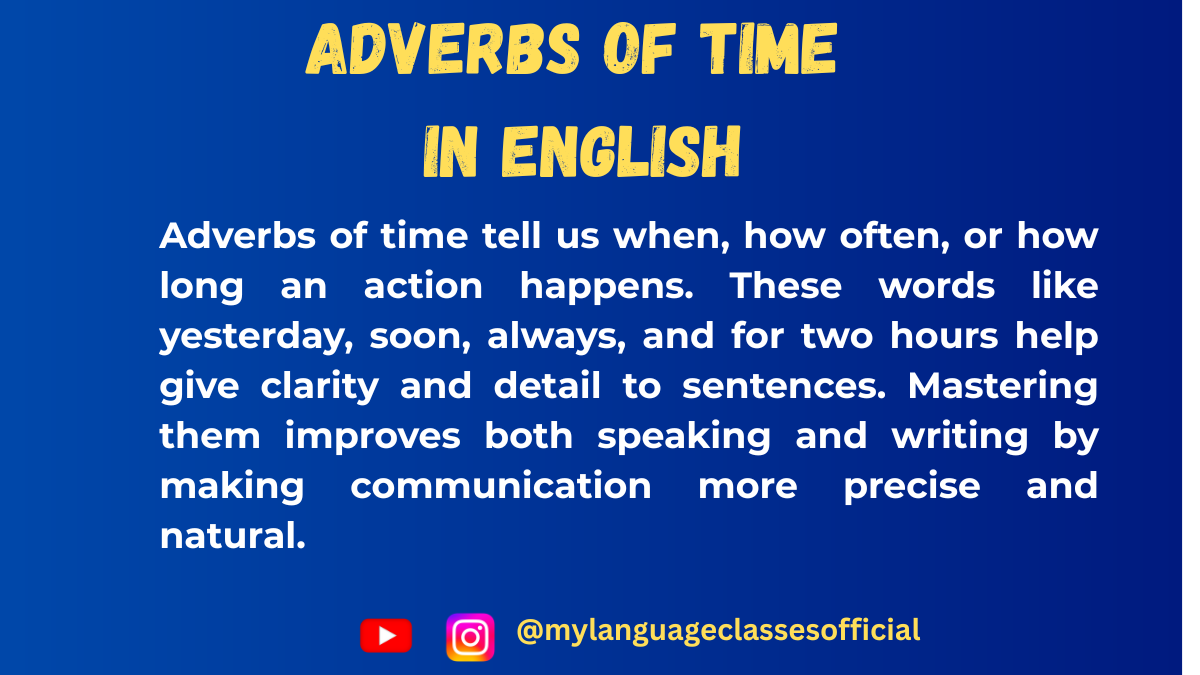
Adverbs of Time in English Grammar
Adverbs of time are an essential part of English grammar, as they help describe when an action takes place. They provide clarity to sentences by indicating past, present, or future time and are commonly used in both spoken and written English.
Understanding adverbs of time is crucial for effective communication, as they allow speakers and writers to express when an event happens, how often it occurs, and for how long. Without these adverbs, sentences can lack important time-related details, leading to confusion.
In this blog post, we will explore common adverbs of time, their grammar rules, different usage scenarios, and example sentences. Additionally, we will provide a practice exercise to help reinforce your understanding of this topic. By the end of this guide, you will have a strong grasp of how to use adverbs of time correctly and naturally in your conversations and writing.
Common Expressions Using Adverbs of Time
Adverbs of time often appear in common everyday expressions that we use in conversations. These expressions help clarify when events occurred, are occurring, or will occur. Below is a list of common expressions and phrases that include adverbs of time:
- At the moment – Refers to the present time.
Example: “I’m busy at the moment.” - In a while – Refers to a short period of time in the future.
Example: “I’ll be there in a while.” - At once – Refers to doing something immediately.
Example: “Please respond at once.” - Every day – Refers to daily frequency.
Example: “I go to the gym every day.” - Right now – Refers to the immediate present.
Example: “I need your help right now.” - Later on – Refers to a time after the present.
Example: “We will discuss this later on.” - Soon after – Refers to something happening shortly after.
Example: “The meeting ended, and soon after, I left.” - At times – Indicates occasional occurrence.
Example: “At times, I feel overwhelmed with work.” - In the past – Refers to a time that has already passed.
Example: “I lived in Canada in the past.” - Once in a while – Indicates infrequent occurrence.
Example: “I treat myself to chocolate once in a while.”
Grammar Rules for Using Adverbs of Time
Adverbs of time have specific grammatical rules that govern their use. Understanding these rules will ensure that you use these adverbs correctly in your sentences.
General Structure
- Position in the Sentence: Adverbs of time generally appear at the end of the sentence, but they can also appear at the beginning or in the middle depending on the emphasis and context.
- Example (end): “She called yesterday.”
- Example (beginning): “Yesterday, she called.”
- Example (middle): “She always calls at night.”
- Use of Articles: Adverbs of time do not require articles, as they modify the verb and indicate the time of the action.
- Plural and Gender: Adverbs of time do not change based on number or gender. They are invariant.
- Types of Adverbs of Time:
- Definite: Refers to specific times (e.g., “now,” “today,” “yesterday”).
- Indefinite: Refers to general time periods (e.g., “soon,” “later,” “soon after”).
Common Adverbs of Time and Example Sentences
Here’s a list of common adverbs of time along with example sentences:
- Now: “She is working now.”
- Soon: “We will leave soon.”
- Yesterday: “I visited the museum yesterday.”
- Today: “The weather is perfect today.”
- Later: “I will call you later.”
- Before: “She had left before I arrived.”
- Afterwards: “We went for coffee afterwards.”
- Always: “I always drink coffee in the morning.”
- Never: “I never go to bed late.”
- Often: “She often goes for a walk in the evening.”
- Frequently: “He frequently travels for work.”
- Seldom: “I seldom watch TV.”
When to Use Adverbs of Time
Adverbs of time are used in various situations to give more information about the time frame of an action. Below are the key situations where adverbs of time are used, along with examples:
1. Present Time
Adverbs of time are commonly used to talk about actions happening now or regularly.
- Example: “She always drinks tea in the morning.”
- Usage: In habitual actions or routines.
2. Past Time
Adverbs of time indicate that an action occurred at a specific time in the past.
- Example: “I visited Paris last summer.”
- Usage: To describe something that happened in the past.
3. Future Time
Adverbs of time are used to express when something will happen in the future.
- Example: “We will meet tomorrow.”
- Usage: To indicate future actions or events.
4. To Indicate Frequency
Adverbs like always, never, and often describe how frequently something happens.
- Example: “I always go for a jog in the evening.”
5. To Specify Duration
Adverbs like for and since specify the length of time for which something happens.
- Example: “She has been waiting since 10 AM.”
6. To Indicate Immediacy
Adverbs like now, immediately, and right away indicate that an action is taking place at this moment or will take place immediately.
- Example: “I need to leave right now.”
Things to Keep in Mind
When using adverbs of time, there are a few things to consider to ensure you don’t make mistakes. Here are some tips and tricky points:
- Placement of Adverbs:
- While adverbs of time usually go at the end of a sentence, they can also go at the beginning for emphasis.
- Incorrect: “She will never forget this.”
- Correct: “She will never forget this.”
- Use of Tenses:
- Pay attention to the tense when using adverbs of time. For example, use yesterday with past tense, and soon with future tense.
- Avoid Overuse:
- Don’t overuse adverbs of time like always, never, and often. Using them too much can make your sentences sound repetitive.
Example Table
Here are some example sentences that demonstrate the use of adverbs of time in different contexts:
Adverb of Time Sentence Now She is eating now. Later I will visit you later. Yesterday He arrived yesterday. Tomorrow We are leaving tomorrow. Soon She will call soon. Never I never go to bed late. Always I always wake up early. Afterward We went to the park afterward. Before He left before I arrived. Sometimes I sometimes skip breakfast. Seldom She seldom eats junk food. Occasionally We meet occasionally. Frequently He travels frequently for work. In the past I lived in London in the past. Once in a while I go to the movies once in a while.
More Example Sentences
- She went for a walk right now.
- I see him frequently at the library.
- Every day, I learn something new.
- We will start the meeting in a few minutes.
- I met her once in Paris.
- I plan to finish my work soon.
- He called me yesterday.
- I will tell you everything later.
- I’m visiting my parents this weekend.
- She always helps me with my homework.
Exercise
Fill in the blanks with the appropriate adverb of time:
- I am going to the gym _______.
- She leaves work _______.
- We will have dinner _______.
- He arrived _______.
- I will call you _______.
- She comes to the office _______.
- The concert will start _______.
- I have not seen him _______.
- They will arrive _______.
- I see my friends _______.
Answers:
- I am going to the gym every day.
- She leaves work early.
- We will have dinner soon.
- He arrived yesterday.
- I will call you later.
- She comes to the office every morning.
- The concert will start in an hour.
- I have not seen him for a long time.
- They will arrive tomorrow.
- I see my friends occasionally.
Conclusion
Mastering adverbs of time is essential for clear and effective communication in English. With the knowledge of how to use these adverbs, when to use them, and the rules governing their usage, you will improve your speaking and writing skills. Be mindful of placement, tense, and the frequency of adverbs to avoid errors. Keep practicing, and soon you will use adverbs of time like a pro!
👉 Visit our blog: mylanguageclassesblog.wordpress.com
👉 Follow on Instagram for daily tips
👉 Subscribe on YouTube for fun grammar videos.Let’s grow your English fluency together—one word at a time!
- At the moment – Refers to the present time.
-
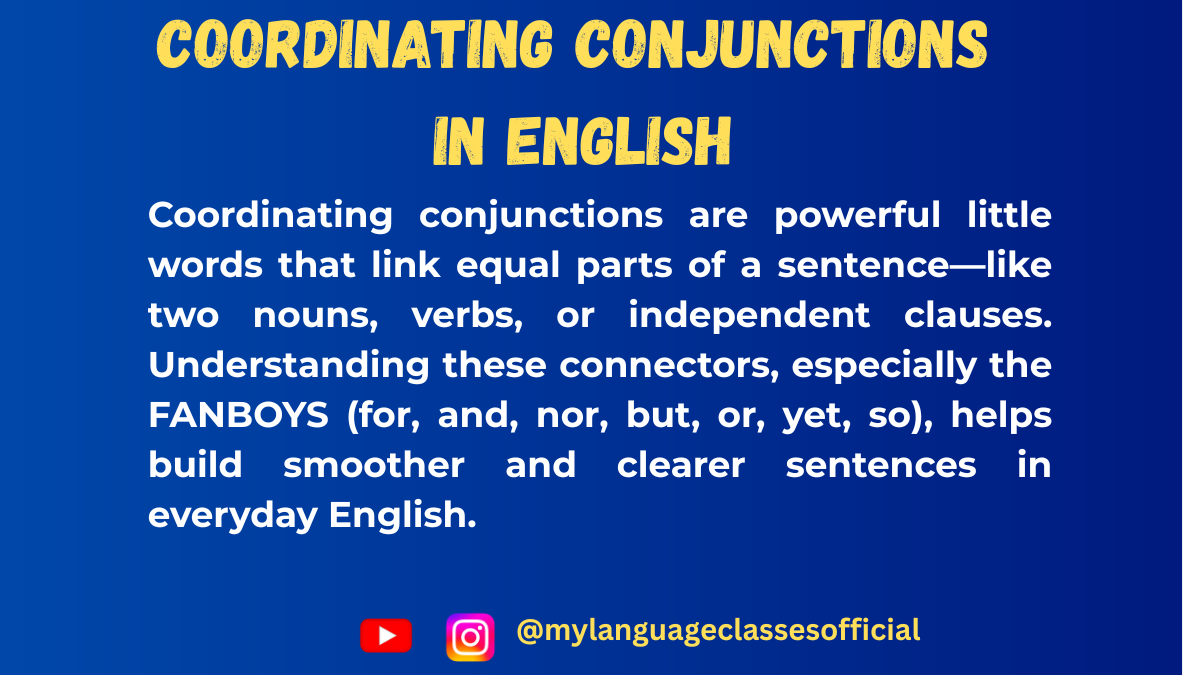
Coordinating Conjunctions in English
Coordinating conjunctions are the glue that holds sentences together. They connect words, phrases, and clauses of equal importance, making your writing and speech more fluid and coherent. Whether you’re a native English speaker or a learner, understanding how to use coordinating conjunctions effectively is essential for clear communication.
In this blog post, we’ll explore the usage of coordinating conjunctions in every possible situation, provide examples, and even test your knowledge with fill-in-the-blank exercises.
What Are Coordinating Conjunctions?
Coordinating conjunctions are words that join two or more elements of equal grammatical rank. The most common coordinating conjunctions are FANBOYS: For, And, Nor, But, Or, Yet, So. These conjunctions are used to connect words, phrases, or independent clauses.
When and How to Use Coordinating Conjunctions
Coordinating conjunctions are used in various situations to connect ideas, show relationships, and create smooth transitions in sentences. Below is a list of situations where each coordinating conjunction is used:
- For:
- Used to indicate reason or cause.
- Example: She stayed home, for she was feeling ill.
- And:
- Used to add information or join similar ideas.
- Example: I love tea, and I enjoy coffee.
- Nor:
- Used to add a negative idea or join two negative clauses.
- Example: He doesn’t like apples, nor does he like pears.
- But:
- Used to show contrast or opposition between ideas.
- Example: I wanted to go, but it started raining.
- Or:
- Used to present alternatives or choices.
- Example: Would you like tea or coffee?
- Yet:
- Used to show contrast or introduce an unexpected result.
- Example: She’s young, yet she’s very wise.
- So:
- Used to indicate a result or consequence.
- Example: It was raining, so we stayed indoors.
List of Coordinating Conjunctions with Examples
Here’s a table of all the coordinating conjunctions along with two example sentences for each:
Conjunction Usage Example 1 Example 2 For Indicates reason or cause She stayed home, for she was feeling ill. He bought flowers, for it was her birthday. And Adds information I love tea, and I enjoy coffee. She sings, and she dances beautifully. Nor Adds a negative idea He doesn’t like apples, nor does he like pears. She didn’t call, nor did she text. But Shows contrast I wanted to go, but it started raining. He’s smart, but he’s lazy. Or Presents alternatives Would you like tea or coffee? You can stay here, or you can leave. Yet Shows contrast or exception She’s young, yet she’s very wise. He’s rich, yet he’s unhappy. So Indicates result or consequence It was raining, so we stayed indoors. She studied hard, so she passed the exam.
More Example Sentences
Here are 10 additional examples to help you understand how coordinating conjunctions work in different contexts:
- I wanted to go to the park, but it was too crowded.
- She didn’t like the movie, nor did her friends.
- You can have cake, or you can have ice cream.
- He’s not only intelligent, but also very kind.
- She was tired, yet she continued working.
- I love pizza, and I love pasta.
- He didn’t study, so he failed the test.
- She bought a new dress, for she had a party to attend.
- They didn’t call, nor did they send a message.
- He’s allergic to cats, yet he adopted one.
Fill-in-the-Blanks Questions
Test your knowledge with these 10 fill-in-the-blank questions. Choose the correct coordinating conjunction from the list: For, And, Nor, But, Or, Yet, So.
- She wanted to go to the beach, _____ it started raining.
- He didn’t like the soup, _____ did he eat the bread.
- You can take the bus, _____ you can walk to the station.
- She was tired, _____ she finished her homework.
- I love reading books, _____ I enjoy watching movies.
- He didn’t study for the test, _____ he failed.
- She bought a new car, _____ her old one broke down.
- He’s not only a great singer, _____ also a talented dancer.
- Would you like tea, _____ would you prefer coffee?
- She’s very busy, _____ she always makes time for her family.
Answers to Fill-in-the-Blanks
- but
- nor
- or
- yet
- and
- so
- for
- but
- or
- yet
Things to Keep in Mind
- Equal Importance: Coordinating conjunctions connect elements of equal grammatical rank (e.g., two nouns, two phrases, or two independent clauses).
- Comma Usage: Use a comma before a coordinating conjunction when joining two independent clauses.
- Example: I wanted to go, but it was too late.
- Avoid Overuse: Don’t overuse coordinating conjunctions, as it can make your writing repetitive.
- Gender Neutrality: Coordinating conjunctions are gender-neutral and can be used in any context.
- Articles: Articles (a, an, the) are not affected by coordinating conjunctions. Use them as needed.
- Example: She bought a book and a pen.
Conclusion
Coordinating conjunctions are a fundamental part of English grammar. They help you connect ideas, present alternatives, and show relationships between words, phrases, and clauses. By mastering the use of FANBOYS, you can improve your writing and speaking skills significantly. Remember to practice regularly and pay attention to the nuances of each conjunction.
If you enjoyed this lesson, be sure to check out more posts like this on my blog at My Language Classes. Don’t forget to subscribe my YouTube channel and follow me on Instagram for the latest language learning tips and lessons. Leave a comment below to share your thoughts, or ask any questions you have about nouns.
Happy learning! 😊
- For:
-
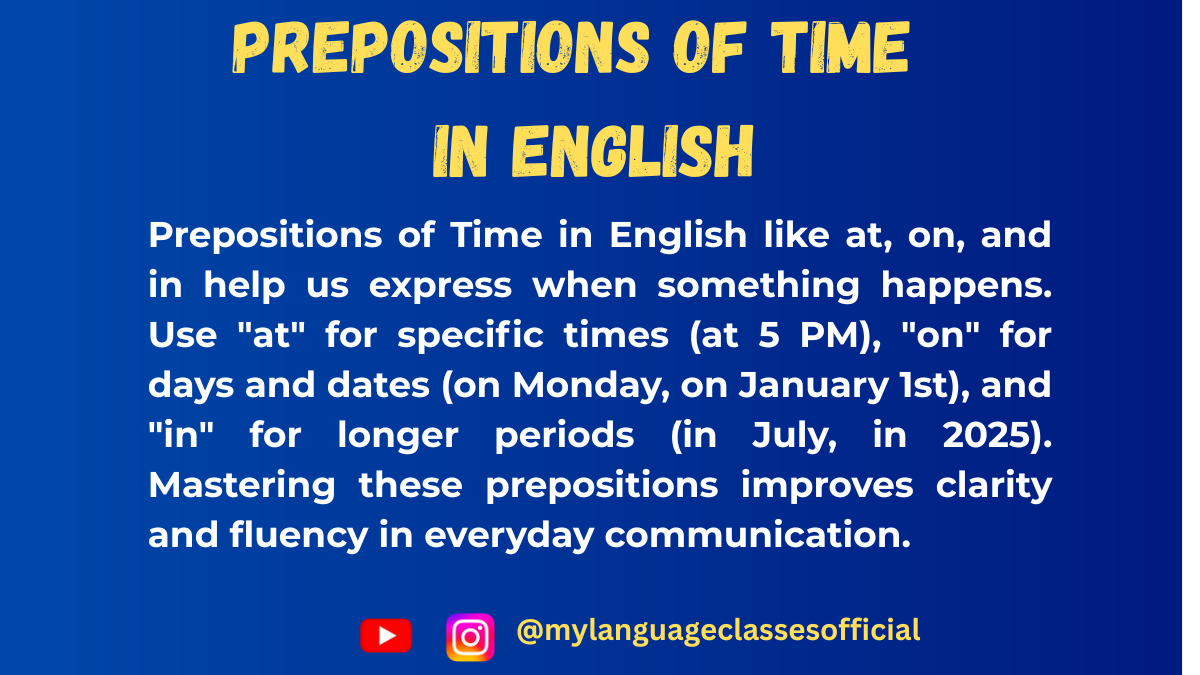
Prepositions of Time in English
Prepositions of time are essential in English grammar as they help us understand when an event occurs. They connect nouns or pronouns with time-related elements, clarifying specific moments, durations, or general time frames. In this blog, we will explore the different prepositions of time, their usages, examples, and important points to remember.
List of Prepositions of Time and Their Usage
Below is a list of common prepositions of time along with their specific usage and example sentences.
Preposition Usage Example Sentence 1 Example Sentence 2 At Specific time of the day, festivals, and specific points in time I wake up at 6 AM. We will meet at Christmas. On Specific days and dates I was born on Monday. The party is on 5th June. In Months, years, centuries, long periods I was born in December. We will visit Japan in 2025. By A deadline or before a certain time You must submit the report by Monday. She will be home by 7 PM. Before An event occurring earlier than a certain time Finish your work before sunset. He arrived before me. After An event occurring later than a certain time We will go out after lunch. She arrived after the meeting started. Since A point in time until now She has been here since morning. I have lived here since 2010. For Duration of time She stayed here for two weeks. I have known him for ten years. During Within a specific period He slept during the lecture. We traveled during the holidays. From…to A specific time range The shop is open from 9 AM to 5 PM. The movie runs from 6 PM to 8 PM. Until/till Up to a certain point in time Wait here until I return. The shop is open till midnight. Within Before the end of a specific period The work will be done within an hour. We will reach there within two days.
More Example Sentences
- She will call me at noon.
- The meeting is scheduled on Tuesday.
- We moved to this city in 2018.
- Complete your assignment by tomorrow.
- The baby slept before dinner.
- We will go out after the rain stops.
- She has lived here since 2015.
- He was on vacation for a month.
- The crowd cheered during the match.
- The library is open from 9 AM to 7 PM.
Things to Keep in Mind
- At is used for specific points in time, while on is for specific days and dates.
- In is used for months, years, centuries, and longer periods.
- Since refers to a specific point in time, while for is used for a duration.
- By means “no later than,” whereas before means “earlier than.”
- Until/till is used when something continues up to a point in time.
- From…to marks the beginning and end of a time period.
- During is used to indicate something happening within a specific period.
- Within suggests a task or event will occur before a given period ends.
Fill in the Blanks
- The train will arrive ___ 6 PM.
- She was born ___ March.
- We will go on a trip ___ summer vacation.
- He stayed in London ___ two years.
- You should submit the form ___ Monday.
- The lights went out ___ the movie.
- I have been waiting here ___ morning.
- We will complete the project ___ two weeks.
- They will be back home ___ midnight.
- The concert will be held ___ Friday night.
Answers
- at
- in
- during
- for
- by
- during
- since
- within
- at
- on
Conclusion
Understanding and correctly using prepositions of time is crucial for clear and precise communication. These prepositions help in framing accurate sentences, making conversations and writing more effective. By practicing their usage and remembering their specific contexts, you can enhance your command over the English language. Keep practicing, and soon, using prepositions of time will become second nature!
If you enjoyed this lesson, be sure to check out more posts like this on my blog at My Language Classes. Don’t forget to subscribe my YouTube channel and follow me on Instagram for the latest language learning tips and lessons. Leave a comment below to share your thoughts, or ask any questions you have about nouns.
Happy learning! 😊

